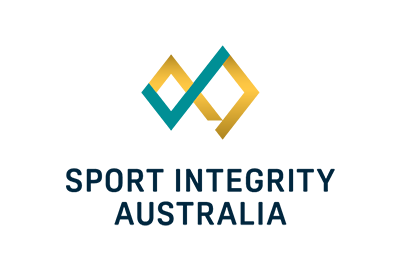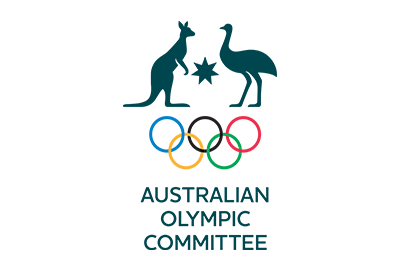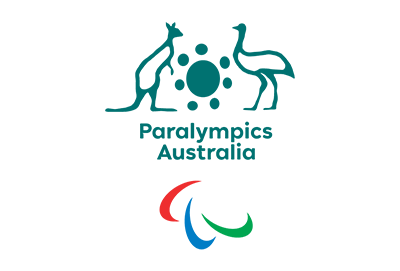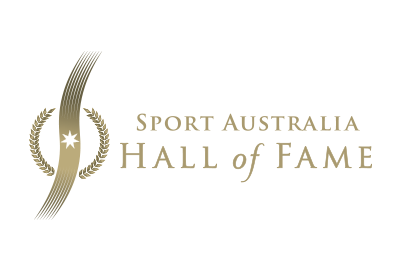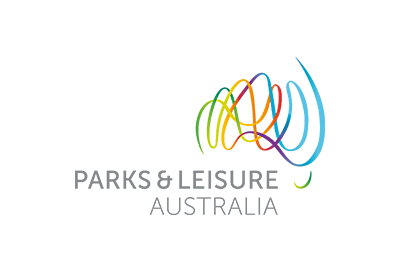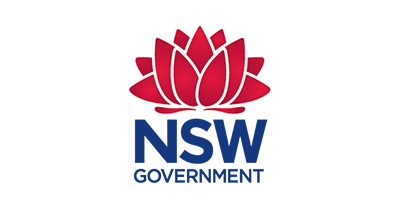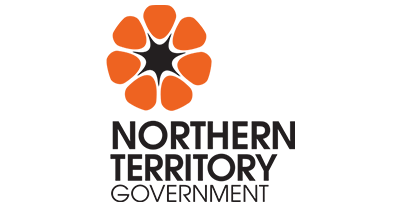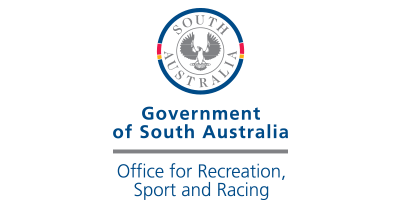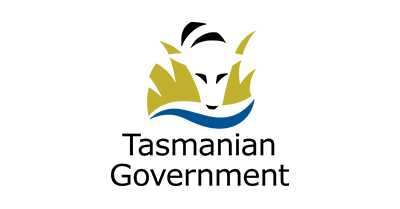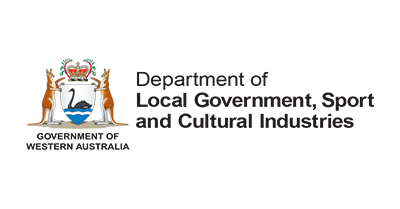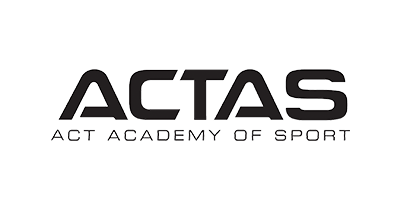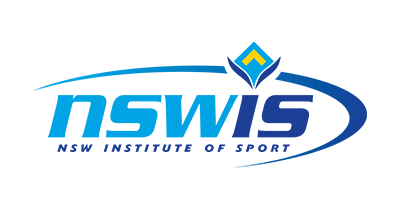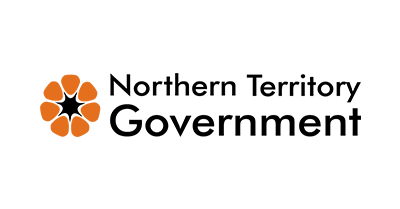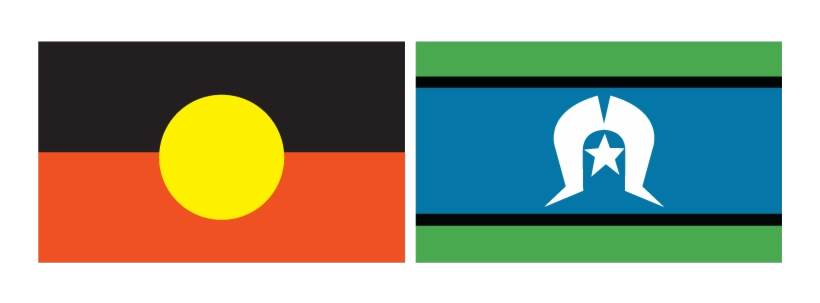Structure of Australian Sport
How do different organisations in sport work together?
The structure of sport in Australia can provide insight into how the sector connects and operates from a national to local grassroots level.
Australian governments at all levels play a leading role in delivering sport and sport related policies and programs. This includes providing support and funding to sporting organisations, clubs, and individuals; being major investors and contributors to building and maintaining sports related infrastructure; and sponsoring the hosting of major sports events.
Australian sporting organisations and sports clubs—many operating as not-for-profit entities—play a pivotal role in the delivery of sport.
Other significant contributors to the sector include schools and universities; peak sports bodies and advocacy groups; participants, whether in a playing, coaching, officiating, or administrative capacity (in a paid or volunteer basis); retailers of sporting goods and equipment; media, publishing and news agencies; health, fitness, and medical practitioners; and many other service providers, organisations, and community groups.
The Australian sports industry is estimated to support 128,000 full-time equivalent (FTE) jobs. Additionally, around 3 million Australians volunteer in sport each year, making it the largest volunteer cohort across all sectors.1, 2, 3
System Governance Map - Sport and Active Recreation
Government Entities
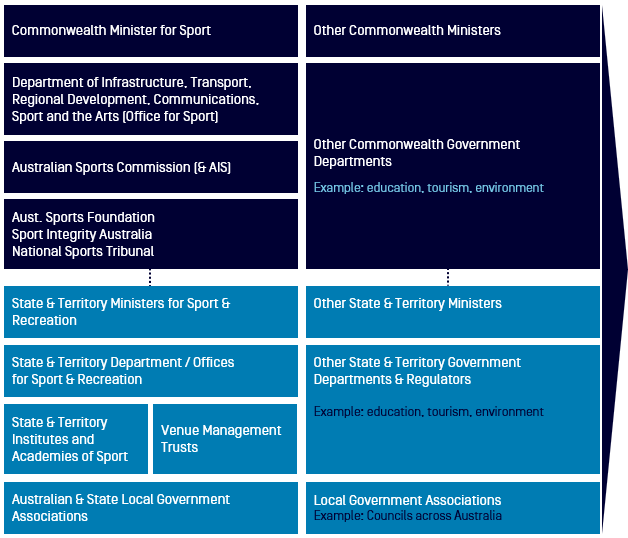
Industry

Toggle Caption
Government Entities | ||
|---|---|---|
Commonwealth Minister for Sport | Other Commonwealth Ministers | |
Department of Infrastructure, Transport, Regional Development, Communications, Sport and the Arts | Other Commonwealth Government Departments Example: education, tourism, environment | |
Australian Sports Commission (& AIS) | ||
Aust. Sports Foundation Sport Integrity Australia National Sports Tribunal | ||
State & Territory Ministers for Sport & Recreation | Other State & Territory Ministers | |
State & Territory Department / Offices for Sport & Recreation | Other State & Territory Government Departments & Regulators Example: education, tourism, environment | |
State & Territory Institutes and Academies of Sport | Venue Management Trusts | |
Australian & State Local Government Associations | Local Government Association Example: Councils across Australia | |
Industry | |||
|---|---|---|---|
National Peak Advocacy & Representative Bodies for Sport Example: WSA, COMPPS, AAA, CAS | National Sport Delivery Example: NSOs, Professional/Elite Sport | National Peak Advocacy & Representative Bodies for Active Recreation Example:PLA, AUSactive, ACHPER | National Industry Specialist Organisations/Committees Example: AOC, PA, CGA, SMA, ANZSLA, ESSA |
State & Territory Peak Advocacy & Representative Bodies for Sport Example: VicSport, WASF, Sport NSW | State & Territory Sport Delivery Example: Regional Academies, SSOs | State & Territory Peak Advocacy & Representative Bodies for Active Recreation Example: Outdoors WA, VicHealth | State & Territory Industry Specialist Organisations /Committees Example: State Olympic Councils |
Sports clubs, schools & higher education institutions | Active recreation clubs, commercial providers, municipalities, community groups Example: YMCA, PCYC, parkrun | ||
The sport & recreation community Example: Participants, coaches, officials, administrators, spectators, volunteers | |||
Government Entities
Federal government
The Australian Government is committed to supporting sport in Australia from grassroots to elite.State and territory governments
State and Territory governments develop and implement community sport and recreation and talent pathway policies and programs.Local governments
Local governments across Australia play a significant role in supporting community sport.
High Performance
Peak sporting bodies
Working to deliver international sporting success.National Institute Network (NIN)
Comprises the Australian Institute of Sport (AIS) and the eight State and Territory Institutes and Academies of Sport.Regional academies of sport
Providing additional athlete support and training/competition opportunities for talented youth.
Sporting Organisations
National Sporting Organisations (NSOs)
Developing sport from community participation to high performance levels.State Sporting Organisations (SSOs)
Responsible for developing their sport from community participation to high performance levels in their respective jurisdiction.
Advocacy and Professional Bodies
Advocacy organisations
Organisations promoting and supporting sports interests.Professional and specialist organisations
Organisations for specific sport and recreation interests.
Community Sector
Sport and active recreation clubs
Sport and active recreation clubs make sport accessible to the Australian community.School sport
Schools play a very important role in making sport accessible to children and young people.University sport
Tertiary education providers play an important role in delivering sport across the Australian sport sector.Preventive health and fitness
The fitness industry plays a significant role in the sport and active recreation sector in Australia.
REFERENCES
- Sports Industry Economic Analysis: Exploring the size and growth of the sport industry in Australia, opens in a new tab, KPMG for the Office for Sport, Department of Health, (March 2020)
- AusPlay report: non-playing roles and volunteering, opens in a new tab, Australian Sports Commission, (accessed 8 March 2024).
- Volunteers, opens in a new tab, Australian Institute of Health and Welfare, (7 September 2023).
- Australian Government Sports Ecosystem Rapid Review, opens in a new tab, Proximity, (December 2022).
- Brain Boost: How sport and physical activity enhance children’s learning, what the research is telling us, opens in a new tab, Smith J, Government of Western Australia, Department of Sport and Recreation (2015).
- The longitudinal study of Australian children: 2012 Annual Report: Chapter 9, How engaged are children in organised sport and other physical activity during their late primary school years?, opens in a new tab Mullan K and Maguire B, Growing up in Australia, Australian Institute of Family Studies, (2013).
- Barriers to voluntary participation in sport for children: a systematic review, opens in a new tab, Sarah Somerset and Derek J. Hoare, BMC Pediatrics, Volume 18, article 47, (February 2018).
- AusPlay: Fitness/Gym Report, opens in a new tab, Australian Sports Commission, (accessed 19 March 2024).
- 2022-2023 Annual Report, opens in a new tab, AUSactive, (2023).
Last updated: 21 August 2025 Content disclaimer: See Clearinghouse for Sport disclaimer
Is this information complete? The Clearinghouse for Sport is a sector-wide knowledge sharing initiative, and as such your contributions are encouraged and appreciated. If you would like to suggest a resource, submit a publication, or provide feedback on this topic, please contact us.
